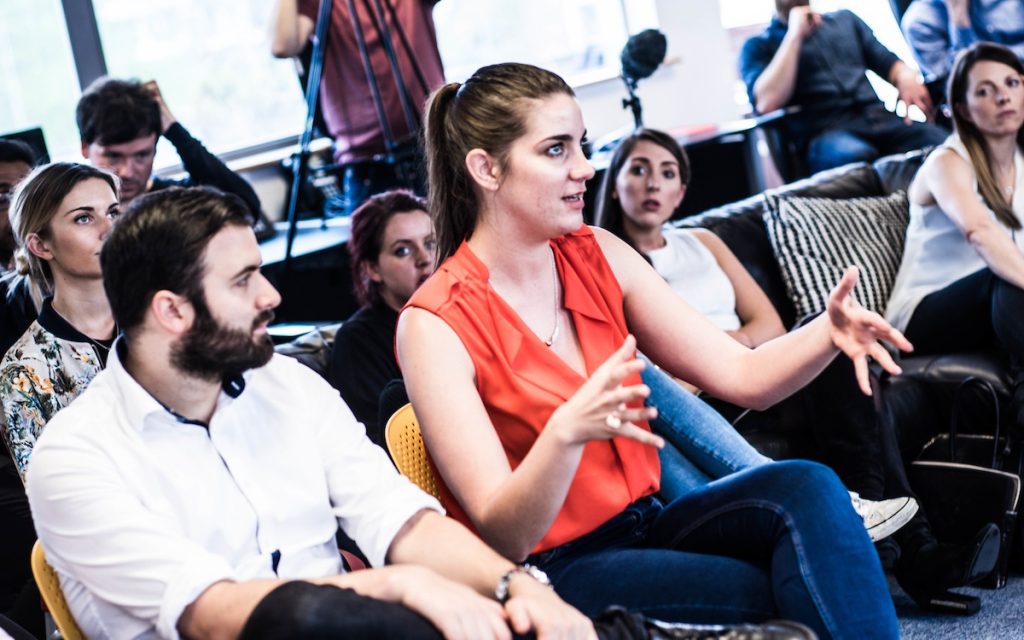Debra Corey, group reward director
You just planned and booked what you thought was the perfect vacation for you and your family. You call everyone together to share the great news and instead of receiving sounds of glee and delight, you receive groans and complaints.Your youngest says: “I hate beaches, didn’t you know that?” (You think to yourself: I didn’t know that because last year he loved beaches.)
Your eldest says: “This is the worst time to go away because it’s when I was planning on going to only the best music festival with my mates, you just ruined my life!” (You think to yourself: I didn’t even know she liked music festivals, let alone was planning on going to one!)
So how did this happen? How did something which you thought would be a huge win instead turn into a huge failure? Simple, you didn’t involve anyone in your decision making, you did it yourself based on what you ‘thought’ others would want. You may be thinking that this sounds familiar, whether it’s happened to you at home, or at work. Here’s a scenario all HR professionals can relate to: That time you launched a new HR programme or changed one in a way that you thought your employees would love… and they didn’t?
We’ve all been there. But as with the family who dashed your holiday hopes, you can deliver better results for your employees by conducting employee focus group sessions. They are a great way to collect the thoughts and views of your employees, and sometimes they even give you ideas you’d never have come up with on your own.
Here are five tips on how to run successful employee focus groups so that you get the results you want and need to help your employee engagement strategy.
Be prepared
Borrowing from the Scout’s motto of ‘be prepared’, that’s exactly what you need to do if you’re going to have a successful session. Go into them prepared and you’ll walk out with the information you need to make your decision making. But if you go in without preparing then trust me, the conversations will go all over the place and you’ll walk out wondering how it all got so out of control.
I often prepare for these sessions by picturing the end, so sitting down and picturing what I need so I can meet my objectives. What data/information do I need to make decisions? What will I need to present for approval? What new ideas may I need? Taking all of this into consideration, I then structure the session to create the focus required. It’s not called a “focus” group for anything!
Consider your workforce
If you’re taking the time to conduct these sessions you want to make sure you get information/views from all parts of your workforce. For example when planning a family vacation, if I had only spoken to my youngest child I wouldn’t have heard the views of my eldest, which were very different. The key here is to make sure that attendees represent all parts of your workforce. So whether you conduct separate sessions for different populations or general sessions for everyone, make sure you’ve got everyone covered. I am a bit of a planning geek, and I actually create worksheets to map out the different groups, working out statistics to ensure I haven’t missed anyone.
Think global
If you have a global company you need to consider your workforce even more broadly when it comes to your sessions. It may be challenging to logistically carry this out, but it can and needs to be done. The reasons for this are similar to those stated for the previous tip, which are so you can cast the widest net for views from your workforce. This is even more important with global workforces, as often views differ from country to country and culture to culture. If you miss out on this part of your workforce you will come up with very narrow views and a one-country solution.
We recently held sessions for our workforce and since I couldn’t fly around the world to conduct them (unfortunately!), the way we held them was by using local “champions.” These champions were part of a global project team who worked together to develop an approach for the sessions, running them in a consistent way to gather robust data from around the world.
Be open minded
Admit it, we often go into sessions knowing exactly what we believe the answers are. However, it’s absolutely critical not to have this come across by either disagreeing or challenging views presented. It’s important to create a “safe” environment for your employees to open up and share their true thoughts and ideas, and they can only do this if you let them freely express themselves. If you don’t do this then you may find that the sessions provide no valuable information as employees hold back or say what they believe you want to hear.
Bring it back
A step which is often forgotten, but is just as critical as the sessions themselves, is bringing it back to your participants by sharing the results of the focus group sessions. You decide how you’re going to do this, whether it’s by a high level summary, more details or the final plan/changes, but whatever you do, make sure that it’s part of your plan and your process. If you don’t, the next time you ask for volunteers for sessions you’ll having trouble getting anyone to participate.
